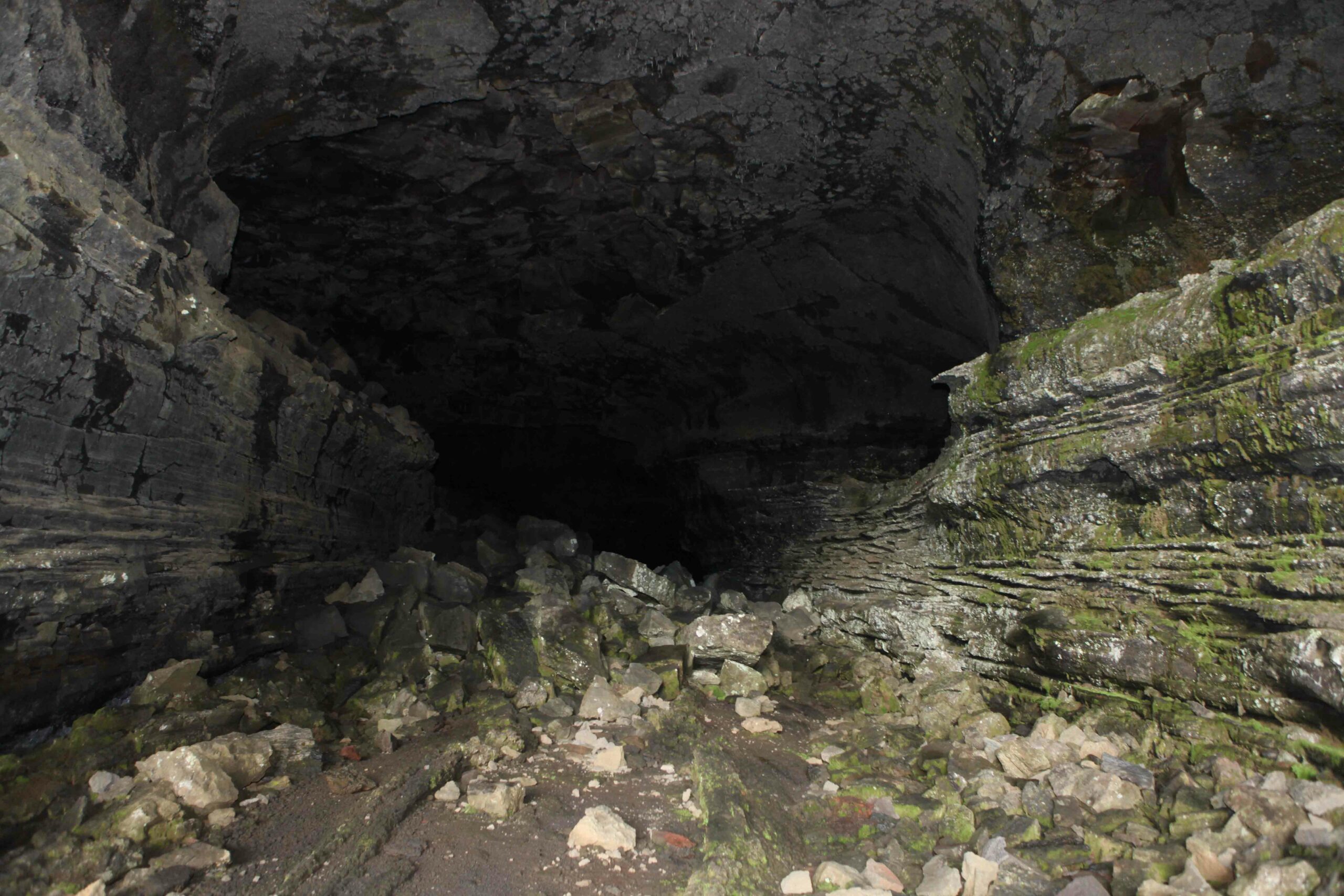MEXICO CITY, MEXICO—According to a report in Reuters, the remains of a young wolf sacrificed some 500 years ago have been found in a stone box near the Zócalo, Mexico City’s main square and the site of the Templo Mayor, Tenochtitlan’s main ceremonial center before the arrival of the Spanish. The cache was damaged in 1900 when a sewage line was installed, but otherwise it was undisturbed. Archaeologist Leonardo Lopez said that after the wolf had been killed, it was adorned with ornaments crafted from precious metals, including pendants covered with symbols, a nose ring, and a chest plate, and belts made of shells from the Atlantic Ocean. The wolf’s body was then placed in the stone box, along with the remains of other animals from the air, land, and sea. The box was then set on a layer of flint knives. Wolves are thought to represent Huitzilopochtli, Aztec god of war and the sun. Wolves may have also been believed to help guide fallen warriors to the underworld. Lopez added that the wolf’s ribs will be studied to try to determine if its heart was removed during the sacrifice. To read in-depth about excavations of Tenochtitlan, go to "Under Mexico City."
Aztec Wolf Burial Found in Mexico City
News July 7, 2017
Recommended Articles
Features January/February 2026
Taking the Measure of Mesoamerica
Archaeologists decode the sacred mathematics embedded in an ancient city’s architecture

Digs & Discoveries January/February 2026
In Local News

Features November/December 2025
Acts of Faith
Evidence emerges of the day in 1562 when an infamous Spanish cleric tried to destroy Maya religion

Artifacts July/August 2025
Maya Ceramic Figurine

-
Features May/June 2017
The Blackener’s Cave
Viking Age outlaws, taboo, and ritual in Iceland’s lava fields
 (Photo: Samir S. Patel)
(Photo: Samir S. Patel) -
Features May/June 2017
After the Battle
The defeat of a Scottish army at the 1650 Battle of Dunbar was just the beginning of an epic ordeal for the survivors
 (Mary Evans Picture Library / Alamy Stock Photo)
(Mary Evans Picture Library / Alamy Stock Photo) -
Letter from Greenland May/June 2017
The Ghosts of Kangeq
The race to save Greenland’s Arctic coastal heritage from a shifting climate
 (Photo: R. Fortuna, National Museum of Denmark 2016)
(Photo: R. Fortuna, National Museum of Denmark 2016) -
Artifacts May/June 2017
Maya Jade Pectoral
 (Courtesy Toledo Regional Archaeological Project, UCSD)
(Courtesy Toledo Regional Archaeological Project, UCSD)


